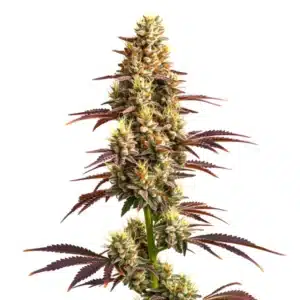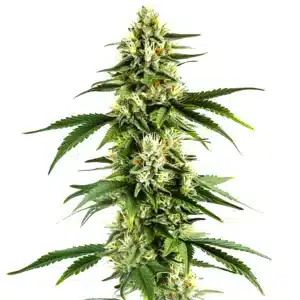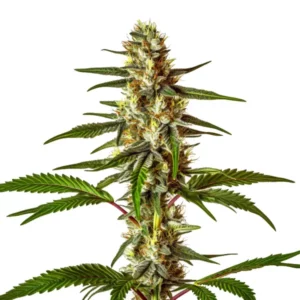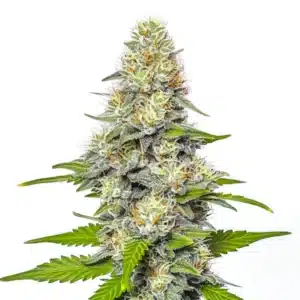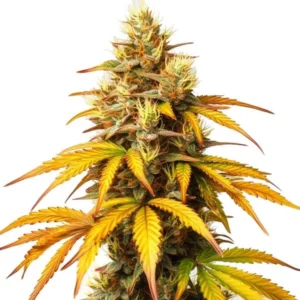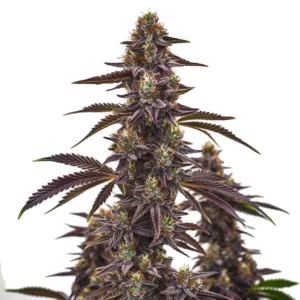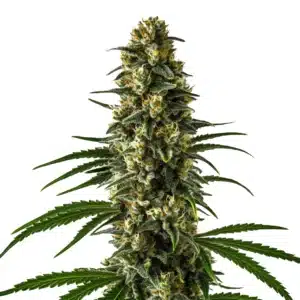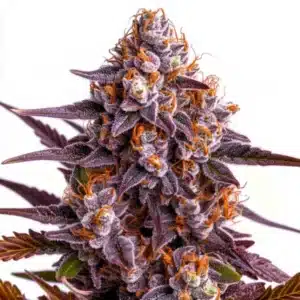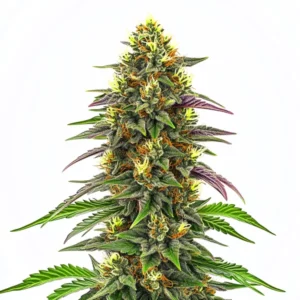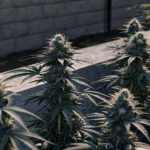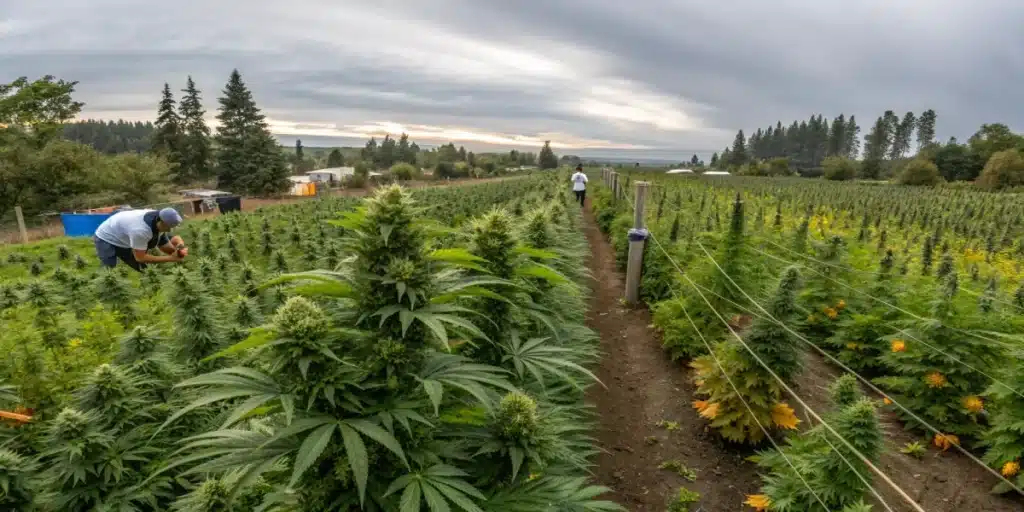
How to Grow Autoflower Weed Outside: A Complete Guide
Outdoor cannabis cultivation has long been celebrated as a rewarding hobby for enthusiasts and professionals alike. For those who know how to grow autoflower weed outside, the experience is both challenging and deeply satisfying.
Over time, growers have refined techniques and shared innovative strategies that reveal the secrets behind successful outdoor gardens. Many have learned how to grow autoflower weed outside by combining nature’s rhythm with modern horticultural practices.
Recommended Strains
Super Boof
|
|
THC | 25% - 28% (High) |
|
|
Type | Feminized |
|
|
Yield | Low |
|
|
Phenotype | 60% Indica / 40% Sativa |
Super Boof Auto
|
|
THC | 25% - 28% (High) |
|
|
Type | Autoflowering |
|
|
Yield | Low |
|
|
Phenotype | 60% Indica / 40% Sativa |
What Are Autoflower Strains?
Autoflower strains are unique varieties that shift from the vegetative phase to the flowering stage based solely on age, rather than light cycles. Their genetic makeup allows for a faster turnaround, making them an attractive choice for outdoor growing. These plants tend to be hardy and adaptable, offering a resilient option for gardeners facing unpredictable weather conditions, and they are ideal for autoflower growers beginners to expert.
A key advantage is their versatility. Whether you’re working with limited space or a full outdoor plot, the inherent qualities of autoflower strains provide an accessible entry point into the world of cannabis cultivation. Their compact size and rapid development can lead to multiple harvests within a single growing season.
Genetics and Characteristics
The breeding behind autoflower varieties combines cannabis sativa and indica traits with Ruderalis genetics. This natural fusion results in plants that are not only fast-flowering but also robust in varying climates. Enthusiasts appreciate that these strains do not require extensive light manipulation, allowing for a more hands-off approach when planting.
Furthermore, many cultivators enjoy experimenting with hybrid genetics to produce plants that offer a balance between yield, potency, and ease of care. Each autoflower strain brings its own character to the garden, whether you prefer uplifting sativas or relaxing indicas.
Outdoor Adaptability
In outdoor settings, the ability to thrive without precise light control makes autoflowers an excellent choice. Their resilience against minor fluctuations in weather means that even novice growers can achieve solid results. Smart gardeners prepare their plots with well-draining soil and appropriate nutrients to maximize growth potential.
Attention to microclimates and local conditions can transform a basic garden into a thriving outdoor sanctuary. By focusing on soil health and natural pest control, growers can ensure that their autoflowers remain vigorous and productive.
Promos & Deals
Advantages of Autoflowers Outdoors
One of the primary benefits of choosing autoflowers for outdoor cultivation is the simplicity of their lifecycle. Reduced dependency on artificial lighting schedules allows you to focus on other aspects of plant care. Gardeners who know how to grow autoflower weed outside often appreciate the straightforward nature of these plants.
Outdoor growing also leverages the abundant natural light and fresh air available in open environments. This natural boost can lead to higher quality buds and richer flavors, setting outdoor cannabis apart from its indoor counterparts.
Time-Saving Benefits
Autoflower strains require less maintenance, freeing up time for other activities in your busy schedule. Their predictable lifecycle means fewer surprises and more consistency in your yields.
For many cultivators, the reduced workload is a significant draw. With fewer concerns about light cycles and temperature control, you can invest more energy in refining your growing techniques and experimenting with new cultivation methods.
Environmental Resilience
The natural robustness of autoflower strains is evident in their adaptability to diverse outdoor conditions. Their ability to flourish despite seasonal variations makes them ideal for gardeners who face unpredictable weather patterns.
Optimized outdoor practices, such as proper spacing and organic fertilization, can further enhance the performance of these resilient plants. This synergy between nature and technique is at the heart of successful outdoor cannabis cultivation.
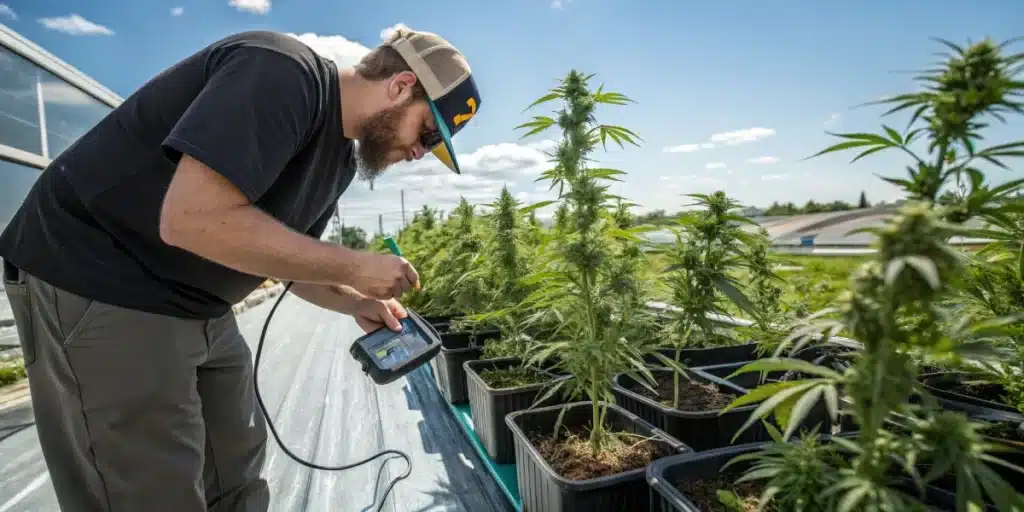
How to Grow Autoflower Weed Outside – Planting Autoflower Seeds (Timing & Method)
Success in outdoor cannabis cultivation begins with precise planning and careful timing. Many dedicated growers have discovered that knowing how to grow autoflower weed outside starts with selecting the perfect planting window. Consider local weather patterns and the length of your growing season when planning your garden.
High-quality seeds and a well-prepared garden bed form the foundation of a fruitful harvest. By focusing on the early stages of growth, you set the stage for a robust and thriving garden that will deliver impressive yields.
Choosing the Right Time
Seasonal timing plays a critical role in outdoor cannabis cultivation. For an autoflower outdoor grow, waiting for the ideal frost-free period and optimal temperatures ensures that seedlings establish strong roots and healthy growth. In many cases, experienced growers plan their planting schedule around local climate trends.
A thoughtful approach to timing can prevent issues such as delayed flowering or nutrient deficiencies. Utilize local weather data and historical trends to choose a planting date that supports healthy development.
Planting Techniques and Setup
Before planting, it is essential to prepare the soil by testing pH levels and enriching it with organic compost. Raised beds or container gardens can improve drainage and offer greater control over the growing environment. This careful setup is key to a successful outdoor garden.
Using methods like direct sowing or transplanting seedlings can be effective when done with proper care. Many gardeners also employ companion planting techniques to naturally deter pests and support overall plant health.
How to Grow Autoflower Weed Outside – Caring for Autoflowers (Nutrients, Watering)
Once established, maintaining a balanced regimen of nutrients and water is vital for optimal plant development. Gardeners who know how to grow autoflower weed outside understand that consistency in care leads to healthier, more productive plants.
Regular monitoring of soil moisture and nutrient levels helps prevent common issues such as nutrient burn or root rot. Employing organic fertilizers and natural pest control methods can create a sustainable garden ecosystem.
Feeding and Fertilization
A tailored nutrient plan is necessary to support the rapid growth of autoflower strains. Organic compost, fish emulsion, and specialized cannabis nutrients work together to promote vigorous growth and robust bud development.
Learning the optimal feeding schedule can make all the difference. Observing plant responses and adjusting fertilizer levels accordingly are hallmarks of a dedicated grower.
Watering Strategies
Water management is equally important in outdoor cultivation. Drip irrigation systems or regular hand-watering routines help maintain consistent soil moisture. Avoid overwatering by checking soil dampness frequently, especially during hot weather.
Efficient watering practices reduce the risk of fungal diseases and support strong root growth. A well-planned irrigation schedule is integral to sustaining a thriving garden.
How to Grow Autoflower Weed Outside – Maximizing Autoflower Yields
Achieving a bountiful harvest is the ultimate reward for outdoor growers. Techniques that boost yield and potency are highly sought after by those who know how to grow autoflower weed outside. Strategic pruning and training methods help optimize light penetration and airflow.
In addition to physical training, selecting high-performing strains can enhance your garden’s productivity. Combining solid horticultural practices with quality genetics paves the way for impressive yields.
Training and Pruning Techniques
Methods such as low-stress training, topping, and defoliation encourage an even canopy and maximize bud production. By carefully directing growth, you can ensure that each plant receives sufficient sunlight and nutrients.
Practical training not only boosts yields but also improves overall plant health. Many veteran growers make it a habit to monitor their garden’s progress and make timely adjustments throughout the season.
Optimizing Plant Density and Spacing
Proper spacing between plants is essential to prevent overcrowding and allow for optimal airflow. This practice minimizes the risk of mold and pest infestations while promoting vigorous growth.
Arranging plants in a grid or circular pattern can help maximize the use of available space. Thoughtful planning in the early stages of cultivation often leads to a more uniform and productive garden.
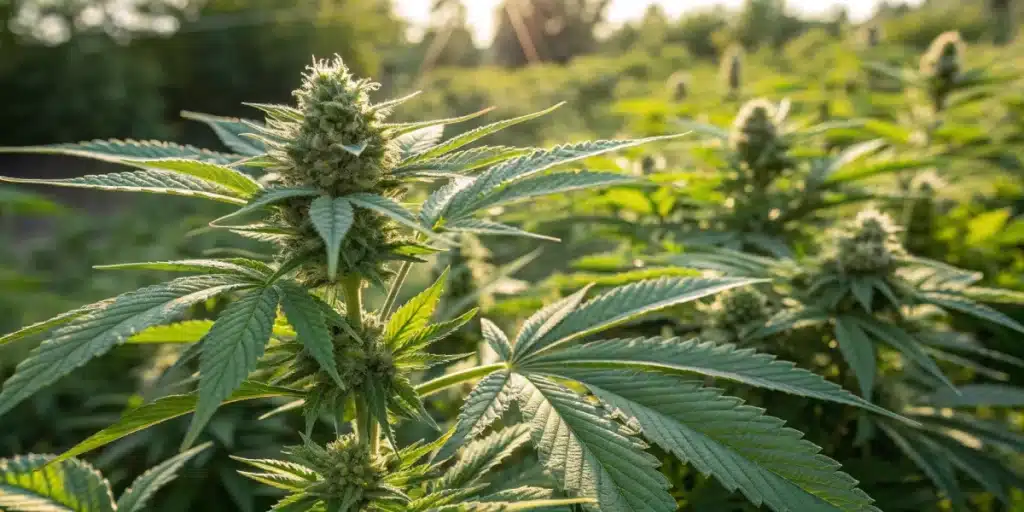
How to Grow Autoflower Weed Outside – Harvesting Autoflowers
Timing the harvest is as important as every other step in outdoor cultivation. Knowing when to harvest ensures that the buds reach their peak potency and flavor. Many growers who know how to grow autoflower weed outside pay close attention to trichome development and aroma.
Multiple harvests can be achieved by staggering the flowering times through careful selection of strains and planting dates. This approach allows you to enjoy fresh yields throughout the growing season.
Indicators for the Right Harvest Time
Visual cues such as milky or amber trichomes and the subtle change in aroma indicate that it is time to harvest. Patience is key, as harvesting too early or too late can impact the overall quality of the buds.
Observing your plants regularly and taking notes on their development can help you pinpoint the ideal moment. Experienced growers often rely on both intuition and observation when deciding the best time to harvest.
Post-Harvest Processing
After harvesting, proper drying and curing techniques are vital to preserve the potency and flavor of your cannabis. Hanging the buds in a controlled environment helps avoid mold and maintains quality.
Careful curing in glass jars over several weeks further enhances the overall experience. This meticulous process is essential for achieving the best possible results from your hard work.
FAQs About How to Grow Autoflower Weed Outside
What factors determine success when learning how to grow autoflower weed outside?
Local climate, soil quality, and proper care are all factors that influence the outcome. Understanding seasonal variations and employing sustainable gardening practices can improve overall results when growing.
How can I overcome common challenges encountered while cultivating outdoors?
Adapting to pest pressures, weather changes, and nutrient imbalances requires a proactive approach. Many experienced cultivators adjust watering schedules, use organic pest control, and continually refine techniques to overcome these hurdles.
Which practices yield the best outcomes for outdoor cannabis cultivation?
A balanced regimen of feeding, watering, and strategic pruning has proven effective. Relying on observation and adapting techniques as needed can lead to a productive garden and impressive harvests.
Dedicated growers who know how to grow autoflower weed outside have much to gain from careful planning, thoughtful care, and a willingness to experiment. Balancing nature’s unpredictability with informed gardening techniques can transform your outdoor plot into a thriving oasis.
To add a touch of variety and fun to your garden, consider integrating unique genetics such as Super Boof Auto, Fat Bastard Strain, and Bubble Gum Sherb Strain Seeds. Their exceptional qualities complement a well-planned outdoor garden, providing diverse aromas, robust growth, and impressive yields.
Every growing season offers new lessons and opportunities for improvement. By embracing the art of outdoor cannabis cultivation and remaining adaptable, your garden will continue to flourish. The journey is as rewarding as the harvest, and each cycle brings fresh insights that enhance your overall expertise.



